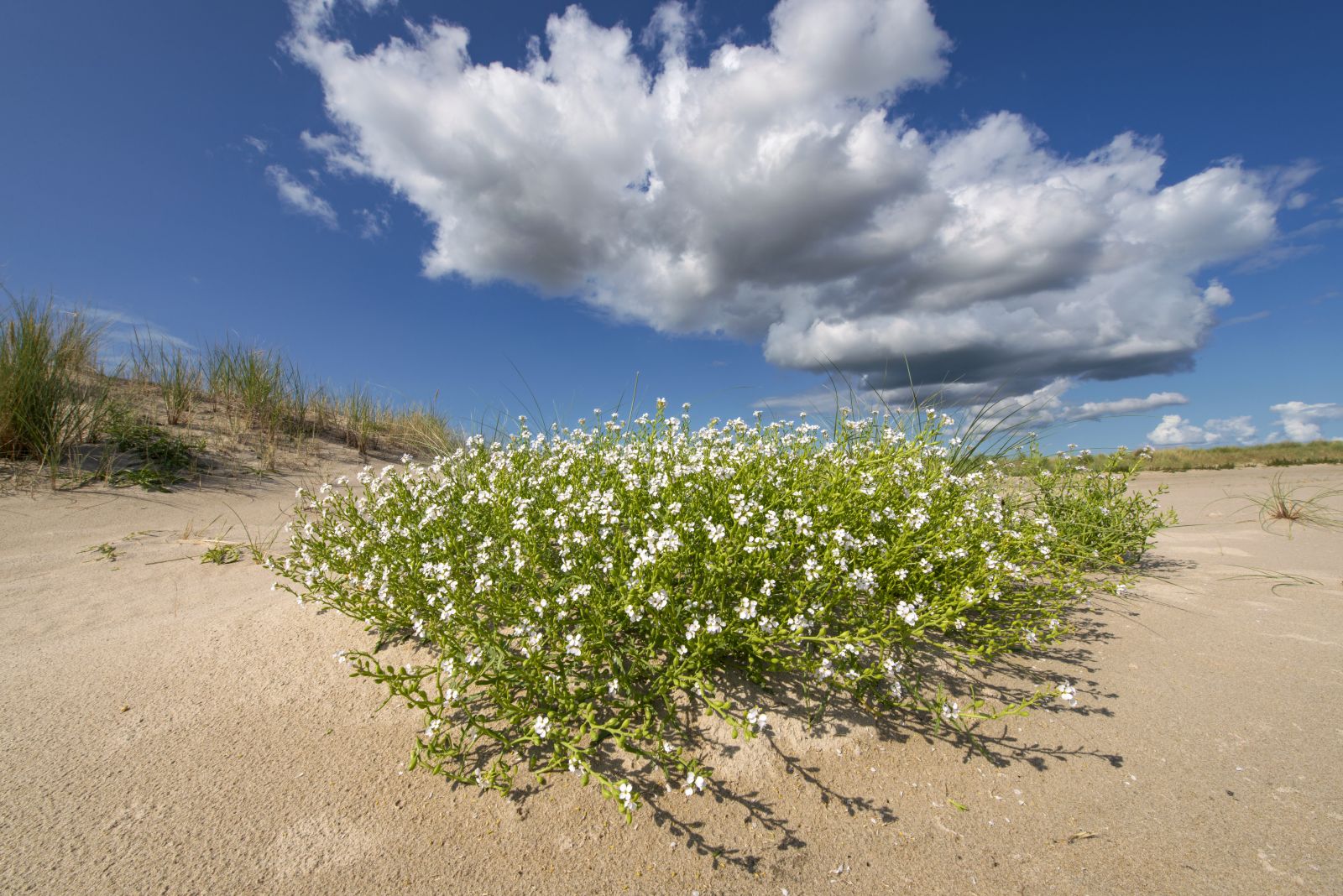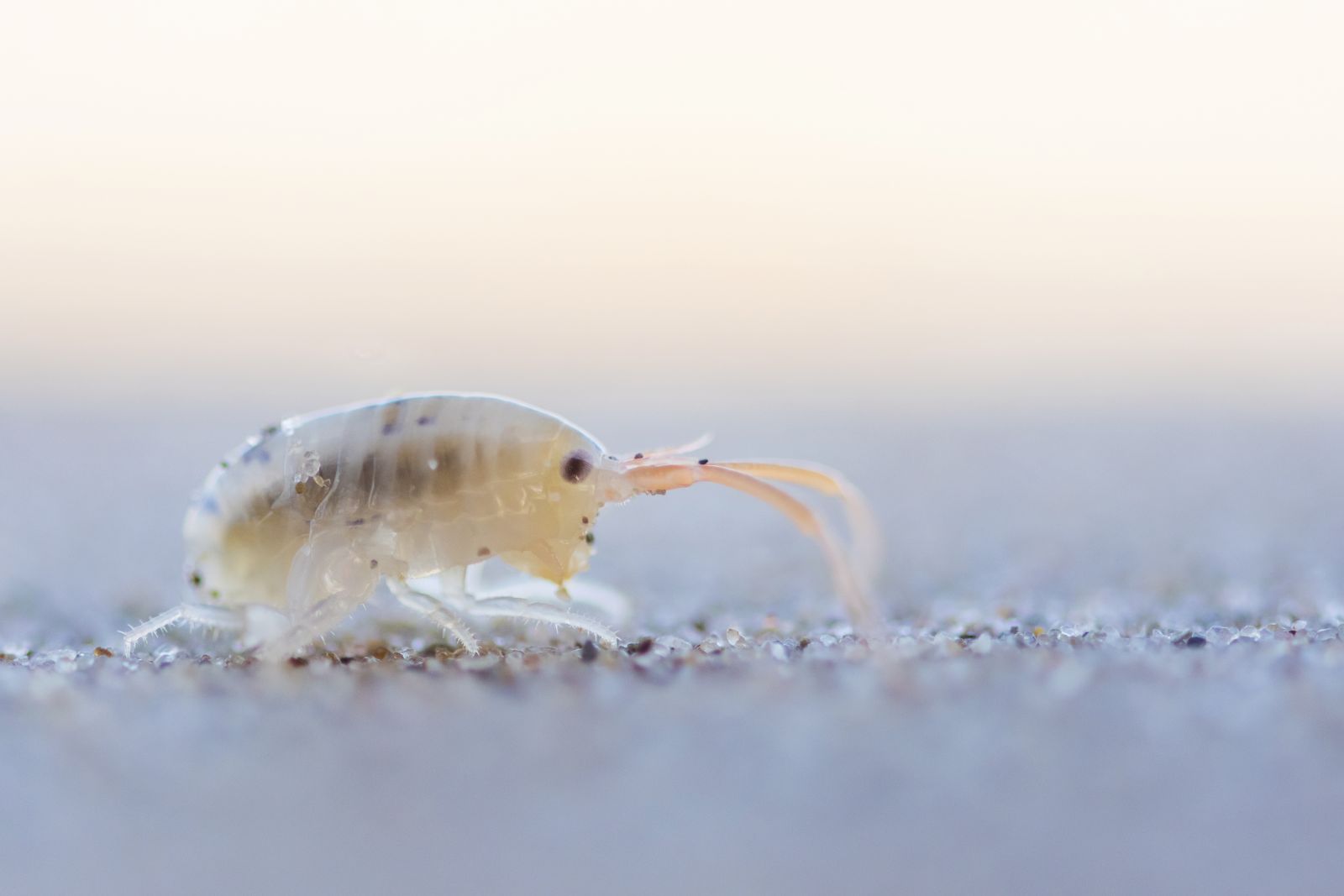
Did you know that beaches are nature reserves? Full of plants and animals that can only be found there. As part of the national The Green Beach project, various organisations strive to provide space for nature on Dutch beaches. They do so by creating resting areas for beach life, setting out compulsory routes for suppliers delivering to beach-based businesses, providing information and manually cleaning beaches instead of using machines. And, of course, by monitoring beach life and protecting breeding birds.
Manual cleaning
Volunteers hand-collect waste and separate it from seaweed. The latter is left on the beach as it is an important food source for small (sea) organisms. Seaweed provides food for birds including oystercatchers and plovers. If it is quiet enough, birds will even nest on the beach.
Results
Green Beaches provide more room for nature. This is important for the Netherlands’ biodiversity and improves visitors’ nature experiences. Everyone benefits from Green Beaches.
There are several Green Beaches in the country. There is a list at: duinbehoud.nl/het-groene-strand/.

You might just encounter this small wading bird on the beach. Unfortunately, ringed plovers face testing times in the Netherlands. In recent years, only a few eggs have hatched.

Sea rocket is one of the plants regularly encountered on the beach, often on small beach dunes. Sea rocket blooms a long time, from early summer right the way through until autumn.

Sand fleas live on seaweed and other plant material washed ashore; in turn serving as food for gulls and other beach birds. Sand fleas make an important contribution to beach ecology: they are natural cleaners!

If you are really lucky you might see a common seal or a grey seal on the beach or in the sea! Seals use beaches to rest on or bear and feed pups on. This is why you should stay at least 25 metres away.

At The Green Beach we want seaweed and other washed up natural materials to stay put and not be cleaned up. Birds such as the sanderlings live on the insects feeding on the latter and wrack helps important plants for nature development to germinate.
This small wading bird has become rare. There are only a few suitable breeding beaches left and even there the birds are often (inadvertently) disturbed. These beautiful birds have a fighting chance thanks to the manual beach cleaning performed here and the added protection!
On the Green Beach we don’t remove seaweed and other natural materials that wash ashore. These materials are an important food source for many beach insects who, in turn are food for shorebirds. These natural materials also play an important role in the development of new dunes.
Every visitor can contribute to beach nature.
Green Beaches really need volunteers. Want to come and help out as part of our volunteer team? The teams clean up waste, protects birds, provides information and monitors nature on the beach. Join us! For more information, see: duinbehoud.nl/het-groene-strand/.
Use the The Green Beach app to catalogue beach life in the Netherlands. Scan the QR code, then fill in which plants, animals or items you spot on the beach.